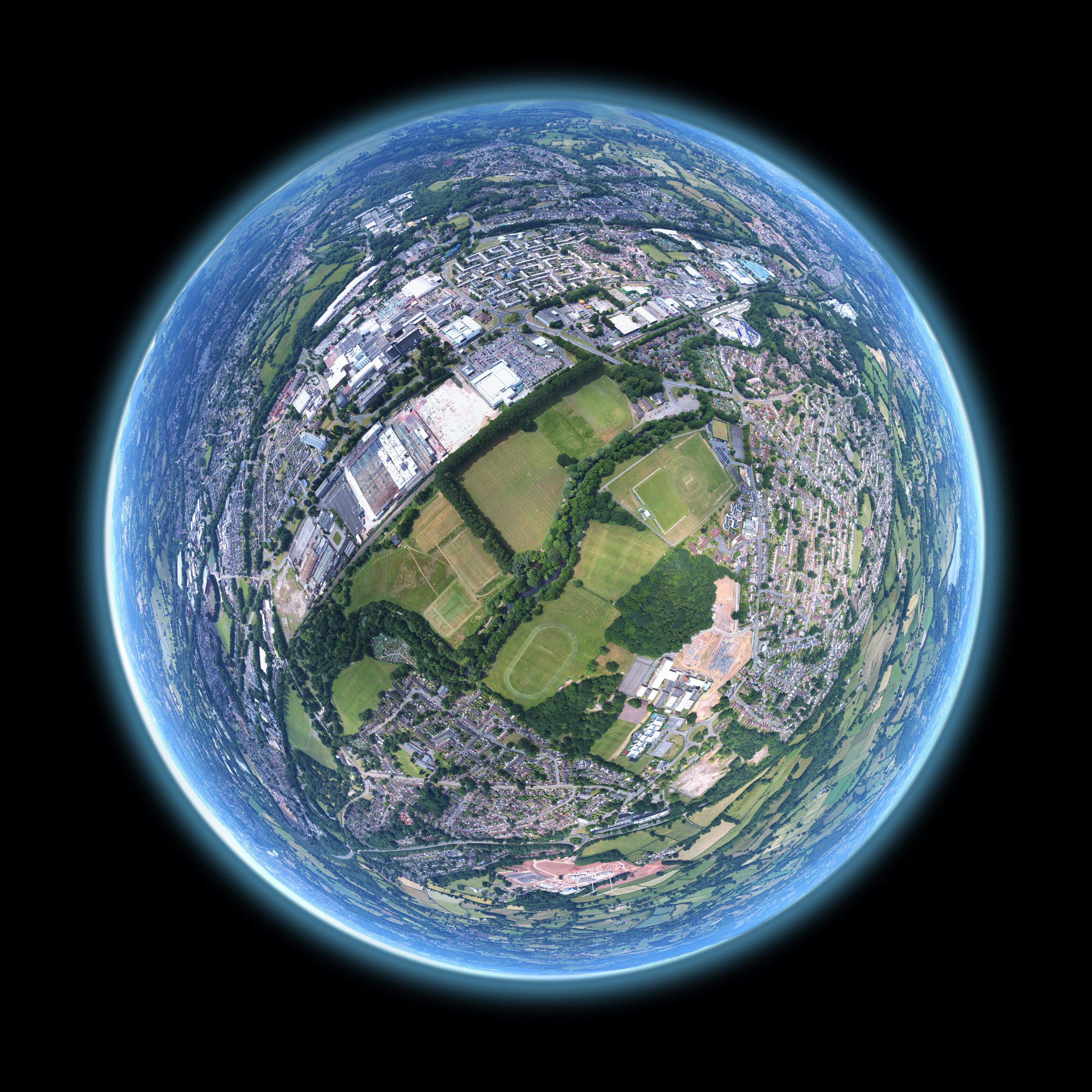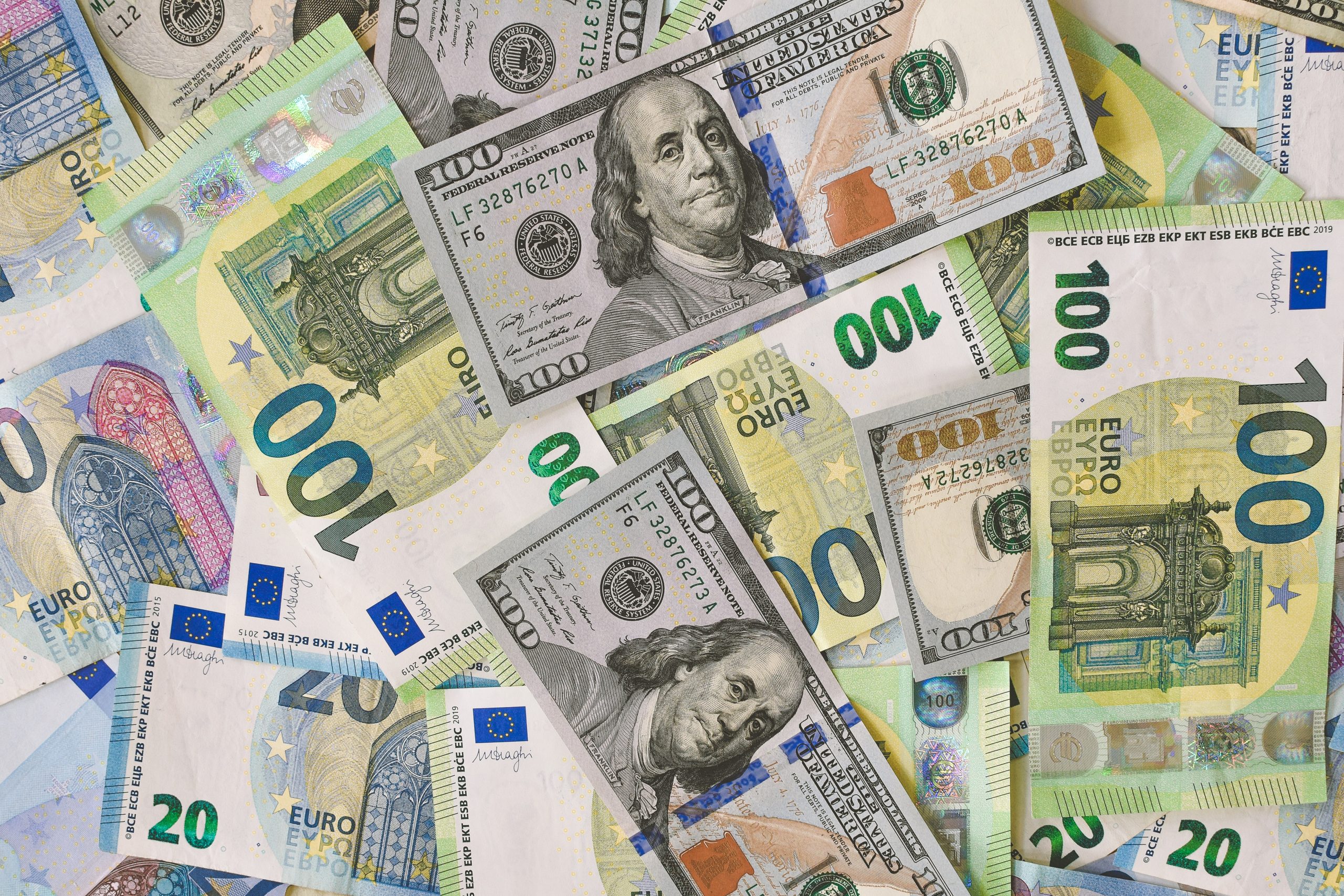The World Bank is a major global development institution dedicated to fighting poverty, promoting economic growth, and improving living standards. In recent years, their mission has shifted to focus on more sustainable economic development by focusing on green growth initiatives in order to achieve environmental sustainability, social inclusion, and increased economic prosperity. In this blog post, we will take a closer look at the World Bank’s new mission to help countries achieve a greener and more equitable future for all. We’ll explore the various projects they are working on as well as their plans for the future, so sit back and read up about the World Bank’s ambitious goals!
The World Bank’s new mission statement
The World Bank has long been a champion of environmental sustainability and poverty alleviation, but its new mission statement reflects an increased focus on these two areas. The World Bank’s new mission is “to end extreme poverty and promote shared prosperity in a sustainable world.”
This renewed commitment to environmental sustainability and poverty alleviation is evident in the World Bank’s new strategy, which includes five goals:
- Ending extreme poverty by 2030.
- Boosting shared prosperity by fostering income growth for the bottom 40 percent of people in developing countries.
- Supporting countries in their transition to low-carbon, climate-resilient economies.
- Mobilizing $100 billion a year in climate finance by 2020.
- Helping countries develop strong institutions and policies to support sustainable development.
The World Bank’s new mission statement reflects the organization’s dedication to creating a more sustainable and equitable future for all. With this renewed commitment, the World Bank will continue to be a powerful force for good in the world.
The goals of the World Bank’s new mission
The World Bank has set out a new mission to achieve a “greener, more equitable future for all.” The goals of this mission are to end extreme poverty and promote shared prosperity by 2030. In order to do this, the World Bank will focus on five key areas:
- Investing in clean energy and energy efficiency
- Preserving forests and combating climate change
- Promoting inclusive growth and economic opportunity
- Investing in water resources and sanitation
- Strengthening resilience to shocks and stresses
How the World Bank plans to achieve its goals
In the wake of the 2016 United Nations Climate Change Conference, the World Bank has outlined a new mission to end poverty and boost shared prosperity in a sustainable way. In order to achieve this, the World Bank plans to increase its focus on climate change and environmental sustainability.
The World Bank has set a goal of universal access to electricity by 2030. It also plans to double the number of people with access to clean cooking facilities and increase the share of renewable energy in the global energy mix. The World Bank will work with governments, the private sector, and civil society to achieve these goals.
The World Bank also plans to help countries adapt to climate change and build resilience to natural disasters. The Bank will provide support for early warning systems, risk management, and insurance programs. In addition, the World Bank will continue its work to reduce greenhouse gas emissions and promote sustainable land use.
The benefits of the World Bank’s new mission
The World Bank has long been a champion for sustainable development and poverty alleviation. Its new mission is to end extreme poverty within a generation and boost shared prosperity by promoting inclusive economic growth. The Bank will focus on five key areas: energy, food security and nutrition, climate change, jobs, and education.
The World Bank’s new mission will have far-reaching benefits for the world’s poorest people. By tackling some of the most pressing global challenges, the Bank will help create opportunities for millions of people to lift themselves out of poverty. In doing so, it will also make a significant contribution to achieving the Sustainable Development Goals (SDGs).
The Bank’s new mission is an ambitious one, but it is achievable with the right policies and investments. With its renewed focus on sustainable development, the World Bank is well positioned to help build a better future for all.
Criticisms of the World Bank’s new mission
The World Bank has been criticized for its new mission by some who say that it is not ambitious enough. They argue that the goals set out in the new mission do not go far enough to address the pressing environmental and social issues facing the world today. Others have praised the Bank for its commitment to tackling these issues, but have cautioned that it will be difficult to achieve its goals without a radical change in how it operates.
Conclusion
The World Bank’s mission to create a greener, more equitable future for all is one that should be commended. With its commitment to funding green projects and advocating for greater gender equality in the developing world, the Bank is helping to ensure that everyone has access to clean energy, safe water and sanitation services, as well as other essential services. In doing so, it is also playing an important role in reducing global warming and creating a better future for generations to come. As we move forward into this new era of sustainability, let us all do our part in supporting the World Bank’s mission to create a greener and fairer world for all.










